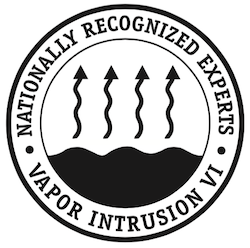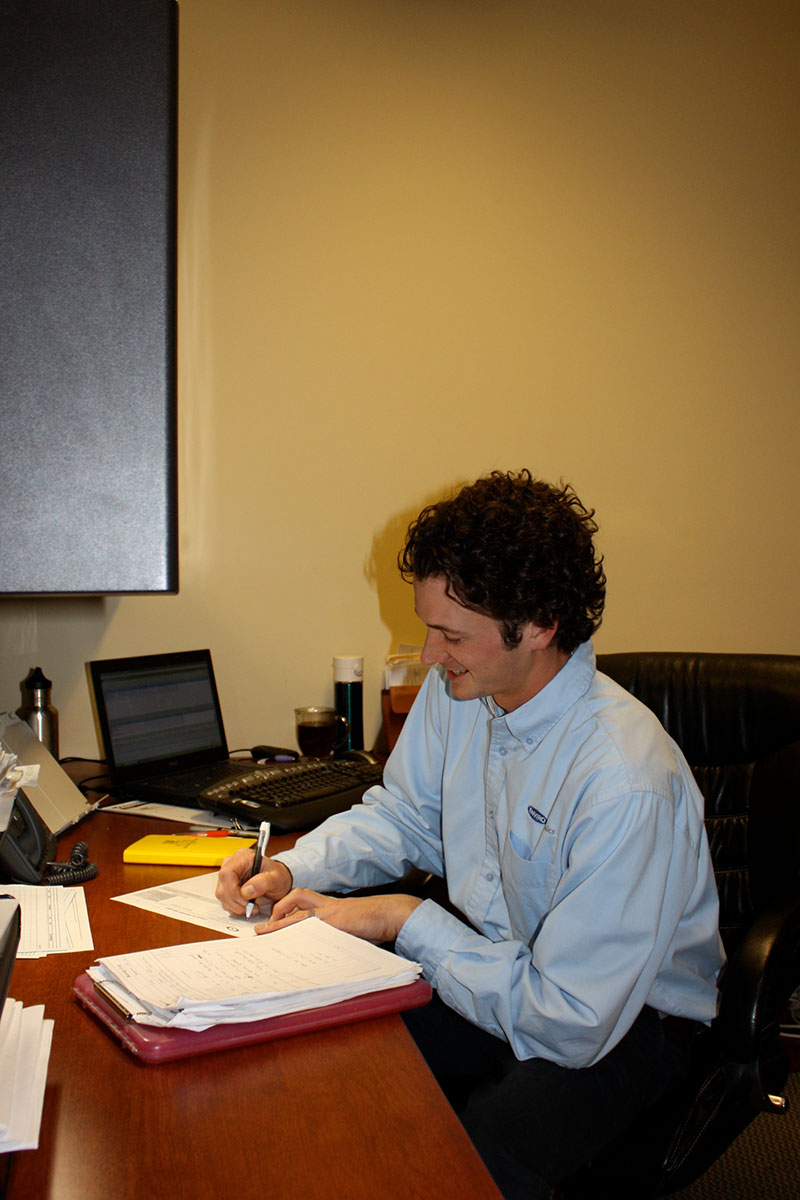On March 21st – 24th, 2016, the Association for Environmental Health and Sciences (AEHS) Foundation held its 26th annual Conference on Soil, Water, Energy and Air. The annual conference brings together 500-600 environmental professionals to share information on technological advances, new scientific achievements and the success of current environmental regulation programs.
EnviroForensics Director of Vapor Intrusion Megan Hamilton and Vapor Intrusion Team Member Kathleen Nazareth had the opportunity to present two presentations at the conference this year. The presentations on “The Production and Management of Methane in Soil Gas during Remediation at Drycleaner Sites” and “The Costs and Liability Associated with Evolving Vapor Intrusion (VI) Technical Guidance” piqued a high amount of interest and were a great success! “The Production and Management of Methane in Soil Gas during Remediation at Drycleaner Sites” explained how the use of in-situ enhanced reductive dechlorination (ERD) inoculants as a groundwater contaminant mass reduction method produces methane in both the dissolved phase and vapor phase. Preliminary estimation, monitoring and mitigation methods were included in the presentation, as well as a discussion of lessons learned and upcoming advancements.
“The Cost and Liability of Evolving Technical Guidance” is a study in which a number of sites with subsurface releases of PCE or TCE have been reassessed in light of technical guidance changes that have occurred since 2002. The presentation included a comparison of the assessment and mitigation costs that would have occurred if performed under older state and federal VI guidance (more conservative) versus the latest version of the Final USEPA VI guidance (less conservative). This study pointed out some interesting trends, identified investigation parameters with the biggest influence on costs, and empirically demonstrated that advances in science and regulatory guidance directly decreases the costs and liability associated with VI investigation and mitigation at environmental clean-up sites.
These presentations have also been approved for presentation at the Tenth International Battelle Conference on Remediation of Chlorinated and Recalcitrant Compounds, which will take place May 23-26 in Palm Springs, California. The Battelle Conference is one of the industry’s premier remediation conferences, attracting attendees from across the country and around the world. EnviroForensics Senior Geochemist Keith Gaskill and VI Team Member Grace Randall will present these studies.


